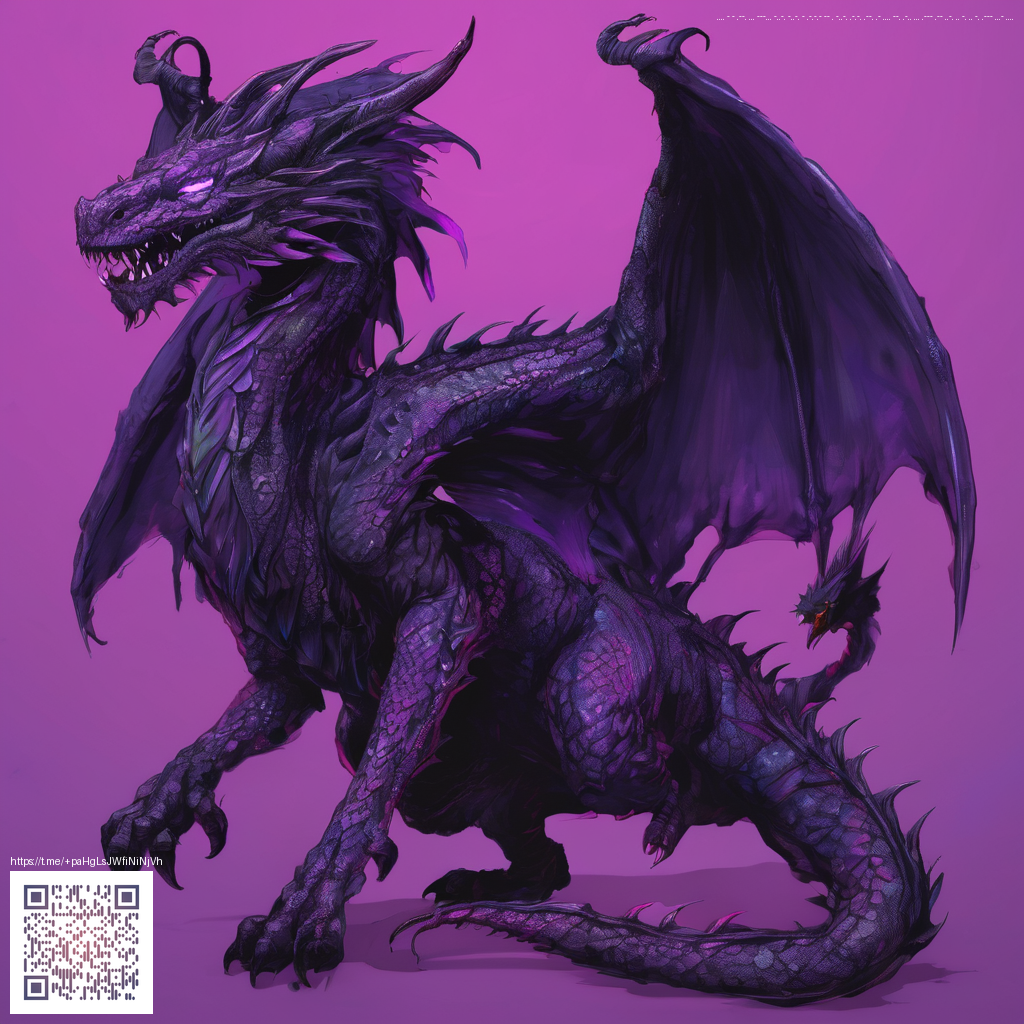
Civilization VI Concept Art Insights A Studio Tour
Behind every sweeping map of towering mountains and bustling city silhouettes lies a careful process that turns ideas into playable spectacle. This studio tour into the art side of a grand strategy favorite sheds light on how concept art guides every tile, unit, and leader that players see on screen. You feel the energy of the creative sprint, where rough sketches become polished visuals that steer gameplay, composition, and atmosphere across vast clockwork campaigns 💠
From sketch to strategic tile
Initial drawings focus on bold silhouettes that read clearly at a glance on a hex based map. The art team tests color keys that differentiate civilizations while preserving harmony with terrain and UI readability. Concept art acts as a blueprint for 3D models, animation rigs, and in game textures, ensuring that each unit feels unique yet cohesive with the era and setting. The process balances aesthetics with performance so that epic battles remain legible even on large scale battleships and land masses.
Art direction as a living conversation
Art direction in a Civilization title is a continuous dialogue between lead designers, historians, and artists. Early explorations experiment with palettes that emphasize distinct civ identities while keeping a consistent world feel. As new content arrives through expansions and DLC packs, the studio revisits core color theory and silhouette language to preserve a recognizable identity across updates. The result is a visual grammar that players instantly recognize during diplomacy screens, timeline recaps, and wonder building scenes 👁️
Wonders, leaders, and worldbuilding visuals
Wonders and leader portraits receive extra care because they function as focal points in the user experience. Concept art often pushes for dramatic lighting, expressive facial features, and iconic silhouette lines that read well at thumbnail sizes in menus. The studio uses iterative passes to ensure that landmark visuals satisfy both historical fidelity and the playful, exaggerated charm that makes the franchise inviting to newcomers and veterans alike. This attention to detail helps the seamless integration of new content with the existing world map and city visuals.
Community voices and modding culture
Fans often pore over behind the scenes imagery to extract hints about upcoming civs, units, and gameplay directions. Modders in particular deeply appreciate the transparency of concept art as it expands the toolkit for skins, alternate outfits, and historically accurate unit models. The culture around customization thrives when art teams share process notes and sketches, inviting players to remix content while staying respectful to the game’s lore and balance. The dialogue between studio and community keeps the art pipeline lively and inclusive 💠
Updates that reshape the canvas
Strategic updates tied to expansions frequently refresh the art vocabulary. For example, major content drops in the late 2010s introduced new civ themes, leader visuals, and environmental art that redefined the game’s visual baseline. Subsequent patches and the New Frontier Pass era continued to seed fresh color dynamics and improved texture work, all while preserving the recognizable art language that players rely on during the early game scouting and late game campaigns. The ongoing cycle demonstrates how visual storytelling evolves with gameplay mechanics and balance shifts.
“Art is the compass that guides a player through a sprawling history chip of a world,” a studio designer notes in a rare glimpse into the color decisions that shape every encounter from dawn to dusk on the map
For players who relish the data behind the pixels, concept art doubles as a lens on the design philosophy. It reveals why certain units move with aggressive posture and others carry diplomatic poise. It clarifies why a city skyline reads as a grand beacon and how terrain textures support strategic choices. In the end, this behind the scenes look invites you to spend more time not just playing the game but savoring the artistry that makes each turn feel earned and memorable.
If you enjoy catching these kinds of art focused insights, you may also explore how art assets inform fan led projects and how the broader community adapts visuals for new card and board game experiences. The connection between design philosophy and player creativity remains one of the most engaging threads in modern strategy titles 💠
Support Decentralized Internet